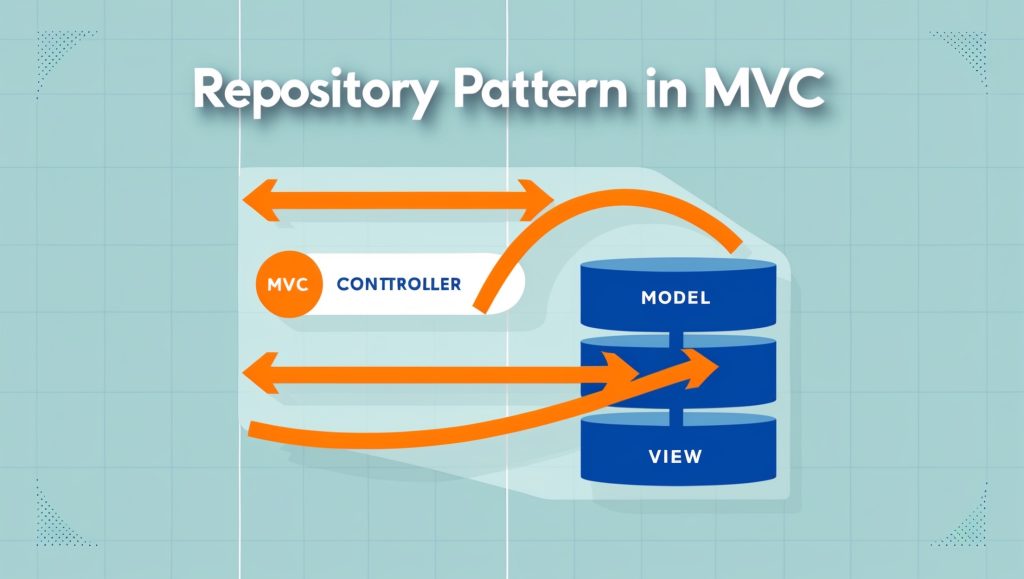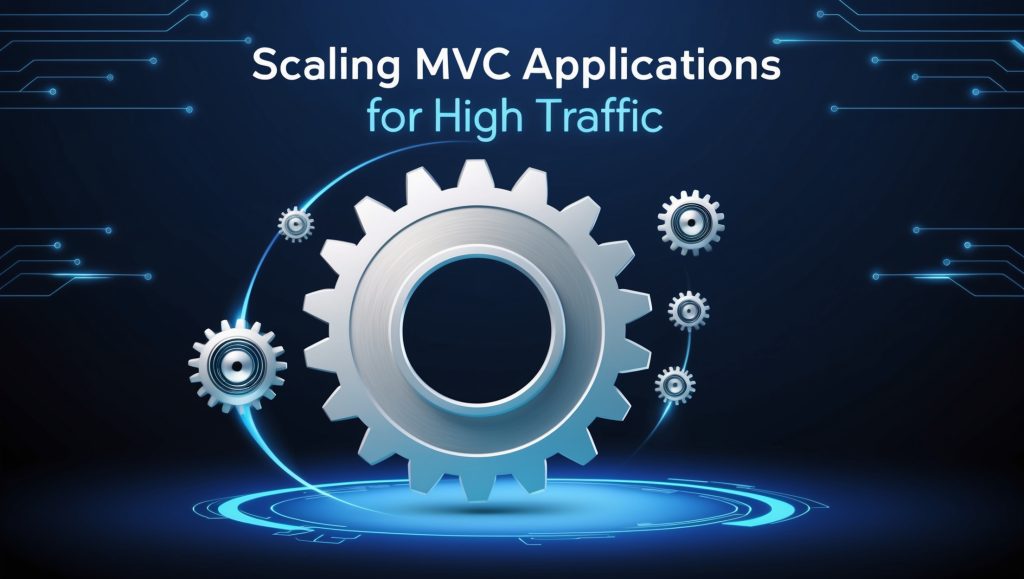In today’s interconnected world, developing applications that can seamlessly adapt to different languages, regions, and cultural preferences is no longer optional – it’s a necessity. Java Internationalization, often abbreviated as i18n (where 18 represents the number of letters between ‘i’ and ‘n’), provides developers with robust tools and frameworks to create globally accessible applications. This comprehensive guide will explore the […]





























